Teaching functional skills to higher level ESOL learners in England
This article is about the changing needs and aspirations of the ESOL learner and the changing demands on the ESOL teacher. It explores the overlap between teaching ESOL and literacy and I draw on my personal experience as an ESOL teacher, now teaching E3 Functional Skills English to L1 ESOL learners in a further education college.
ESOL classes started over thirty years ago to support people who had come mainly from Commonwealth countries to settle permanently in this country. In 2001, the British government boosted ESOL funding and introduced an Adult ESOL core curriculum. Since then, significant numbers of people from EU countries have come to the UK and joined either the ESOL or the EFL[1] student community. For several reasons, the language and literacy needs of EU and non-EU students are quite different – here the focus is on learners from outside the EU, or ‘third country nationals’. [2]
When people emigrate, they usually want to speak the language well enough to carry out daily activities and get to grips with the culture. Now, acquiring new skills and knowledge is essential to surviving in the global economy and here accreditation has become the watchword. The government wants further education colleges to take the lead in up-skilling the workforce and education is being steered towards finding work. A large proportion of ESOL learners, male and female alike, also have employment as a main aim. Many want to progress from ESOL to mainstream and vocational courses and may have come with skills, experience or professional qualifications.
So how are we to equip ESOL learners in meeting their work or career aspirations in the UK?
Functional Skills (FS)
Along with the 20% of natural English speakers in the UK who were found not to have a sufficient level of literacy and numeracy to function effectively as an adult[3] , ESOL learners need effective English language skills. In England at least, many ESOL learners are now finding themselves on FS courses, where the fact that they are designed for natural English speakers presents a challenge. Many of the exam tasks are demanding because they are culturally specific, like entering a talent contest or a competition to win a boat trip; or formal, like asking a tutor or manager in person for time off or writing a letter of complaint to a gym, restaurant, etc; or work-related, such as reading half a dozen classified ads and then writing a report and make a booking for a large group with multiple needs. Moreover, there is no option to pass one language skill at a time and build up to achieving a full level certificate – here it’s all or nothing in one go.
Teaching Literacy and Functional Skills
In my experience, learners have always been keen to improve fluency, but now they see that reading and writing skills are important to compete for jobs. As ESOL teachers, we are sometimes so pleased when a learner communicates successfully that we may overlook the issue of accuracy. This is not so easy to do in FS, especially in writing, where even the smallest error stares back at you.
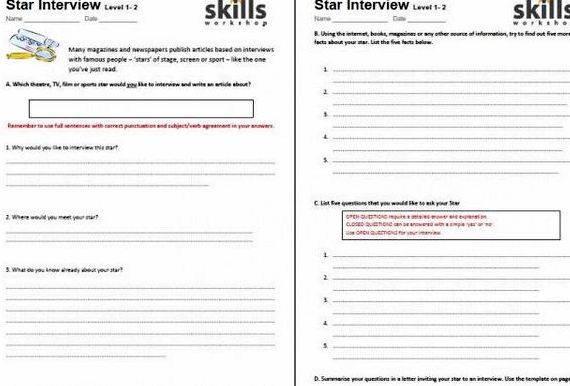
It’s not just the grammar either – it’s also spelling and punctuation. How many of us stop teaching the use of capital letters and full stops to the higher levels, when the use of this basic level of punctuation has not yet become established? Of course, subject-verb agreement, correct use of tenses, word order, coherence and cohesion are all very important, so as ESOL teachers maybe we need to raise our game in the area of literacy.
This year I have delivered an E3 FS English course to L1 ESOL learners. The importance of accuracy in FS has led me to focus on teaching reading and writing skills, using more texts that have a practical function, such as letters, leaflets and adverts. Just as we drill pronunciation and have spelling programmes, a ‘drill’ for accurate punctuation, subject-verb agreement, tenses and lexical chunks can also be effective. It might seem like a backward step to ask intermediate learners to write just four or five sentences, and concentrate on a higher level of accuracy, but it works and asking the learner to proof-read their own work and rewrite corrected work on a regular basis becomes more feasible. Abdi, from Somalia, who studied L1 ESOL last year and E3 FS this year, says ‘I’m much more confident that what I’m saying makes sense now, and my writing is more accurate as well because my spelling and punctuation have really improved and I have learned a lot of grammar, especially all the tenses and word families.’
Layout features and images are another aspect involved in understanding and responding to a text but these are not common to all cultures. In addition to teaching comprehension skills, we also need to teach visual literacy. In FS courses, the text choices to promote functional reading and writing sometimes feel a bit dry, but it is essential stuff when it comes down to operating effectively in society and, more specifically, finding and keeping a job.
What next for the Adult ESOL curriculum in England?
The difference between teaching ESOL and literacy is not huge, but I have altered my practice. I have increased the amount of practice, revision and recycling for each new language point, to help second language learners achieve accuracy on a par with natural English speakers. I have also placed a stronger emphasis on teaching literacy skills and discovered this can increase learner confidence and even out their spiky profile across the language skills. But the jump from E3 to L1 is already troublesome within the existing ESOL curriculum and in FS English even more so. With the uncertain future of the ESOL curriculum, now is possibly a good time to take stock and combine the best of both curriculums to meet the changing demographics and aspirations of ESOL learners.
Hughes, N and Schwab, I (2010) Teaching Adult Literacy Institute of Education
[1] English as a foreign language – usually for people who want to use English in their own country, though the difference between this and ESOL is no longer considered to be significant.
[2] Third country nationals: The European Integration Fund (EIF) definition of Third Country National (TCN) is “Any person not having the nationality of an EU member state”. However, the EIF is not concerned with meeting the needs of refugees.
[3] A Fresh Start – improving literacy and numeracy (DfEE 1999, ref: CMBS 1), known as the Moser Report, stated that up to seven million adults in England have difficulties with literacy and numeracy – a bigger proportion than in any other western country apart from Poland and Ireland. One in five adults, it stated, are functionally illiterate – that is, if given the Yellow Pages they cannot find the page for plumbers.
This article was written by Shweta Otiv who teaches ESOL and Functional Skills (English) at City and Islington College in North London and is a lead tutor for the college’s Centre for Lifelong Learning. She speaks five languages, including her parents’ mother tongue, Marathi, with a degree in French Studies and a Masters in Arts Management.
– please read All the materials on these pages are free for you to download and copy for educational use only. You may not redistribute, sell or place these materials on any other web site without written permission from the British Council. If you have any questions about the use of these materials please email us at: esolnexus@britishcouncil.org
More like this


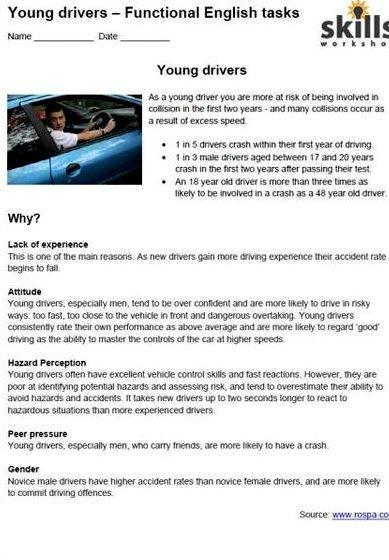



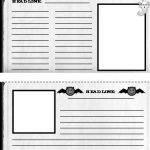 Writing newspaper articles lesson plan
Writing newspaper articles lesson plan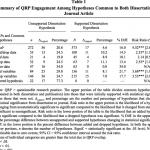 Difference between article and essay writing
Difference between article and essay writing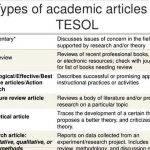 Different styles of writing articles
Different styles of writing articles Tips for writing a newspaper article ks2
Tips for writing a newspaper article ks2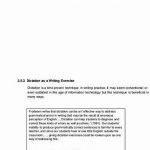 Articles on genre approach in teaching writing skills
Articles on genre approach in teaching writing skills






